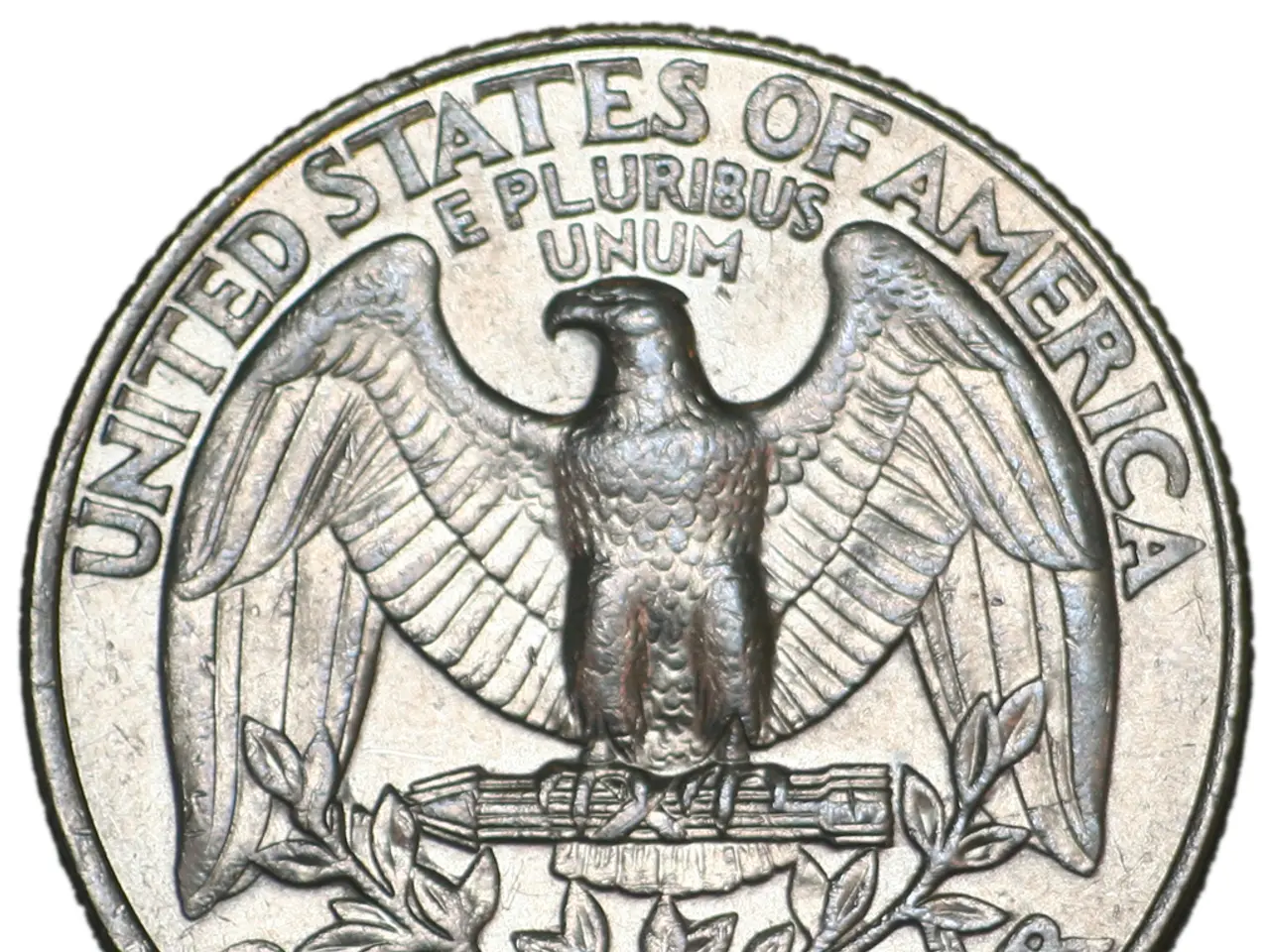Eurozone inflation is projected to decrease to 1.6% in 2022.
In the current economic climate, characterized by persistent inflation and uncertainty, inflation-sensitive investors are adopting defensive positioning and careful selection of inflation hedges. This strategic approach is aimed at managing inflation risk and market volatility.
Key approaches include allocations to short-duration inflation-linked bonds, defensive convertible bonds, and absolute-return credit strategies.
Short-duration inflation-linked bonds are favored due to their ability to provide inflation protection while minimizing duration risk. These bonds help balance the need for carry (yield) without undue risk from rising rates, making them a preferred inflation hedge in current markets.
Defensive convertible bonds combine the equity upside potential with bond-like protection and lower volatility. They have demonstrated resilience in both rising and falling inflation regimes, offering downside defense and participation in growth.
Absolute-return credit strategies are part of diversified defensive credit approaches to navigate inflation and interest rate volatility. These strategies aim to generate positive returns regardless of market direction, managing credit risk dynamically, and complementing defensive fixed income and convertible holdings in a portfolio.
In addition, allocations to defensive sectors such as utilities, consumer staples, and healthcare, which maintain pricing power amid inflation pressures, are recommended. Modest exposure to gold as an inflation store of value is also suggested, although gold’s role can be volatile due to interest rate and currency effects.
The European Central Bank and the U.S. Federal Reserve implemented accommodative monetary policies at the beginning of the pandemic in 2020. As the economic recovery progresses, a normalization of monetary policy is expected.
Another strategic recommendation is the Long-Short Credit strategy, which invests in High-Conviction positions and Relative-Value positions to maintain a net-zero engagement in the bond markets in a rising interest rate environment.
In conclusion, inflation-sensitive investors currently prioritize short-duration inflation-linked bonds to hedge inflation without excessive duration risk, defensive convertible bonds for balanced growth and protection, and incorporate absolute-return credit approaches to manage credit risk and capture returns in a challenging macro environment marked by stagflation risks and uncertain monetary policies.
Investors in the current economic climate are advised to consider the Long-Short Credit strategy as another defensive approach, which can maintain a net-zero engagement in the bond markets during rising interest rates. This strategy could complement the allocation to other hedging instruments, such as gold, which may have volatile roles due to interest rate and currency effects.
Moreover, besides defensive sectors like utilities, consumer staples, and healthcare, it's worth considering other finance-related business areas, such as the Long-Short Credit strategy, to strengthen a portfolio's resilience against inflation and uncertain monetary policies.




